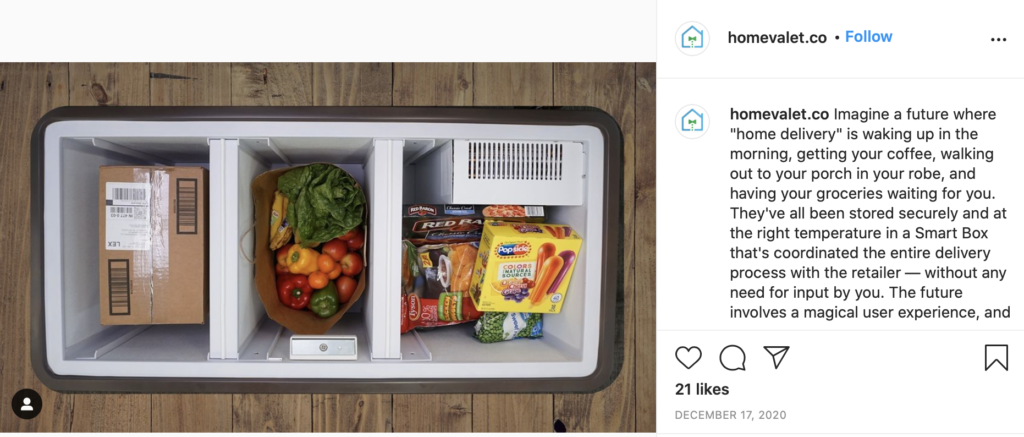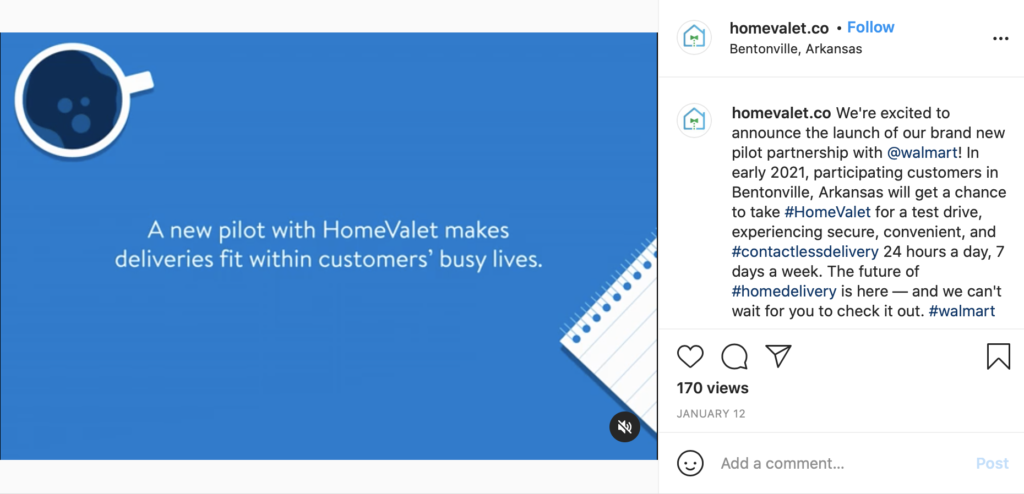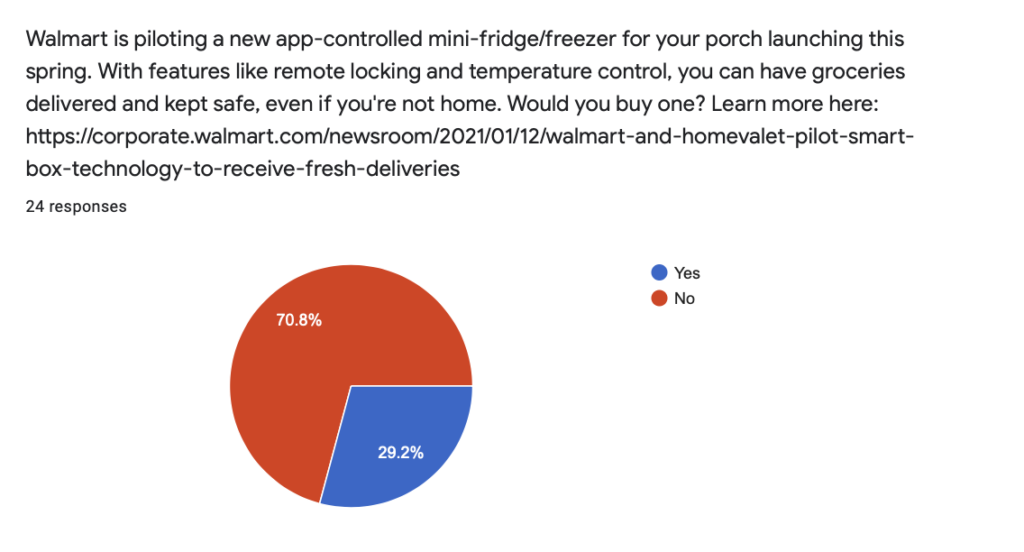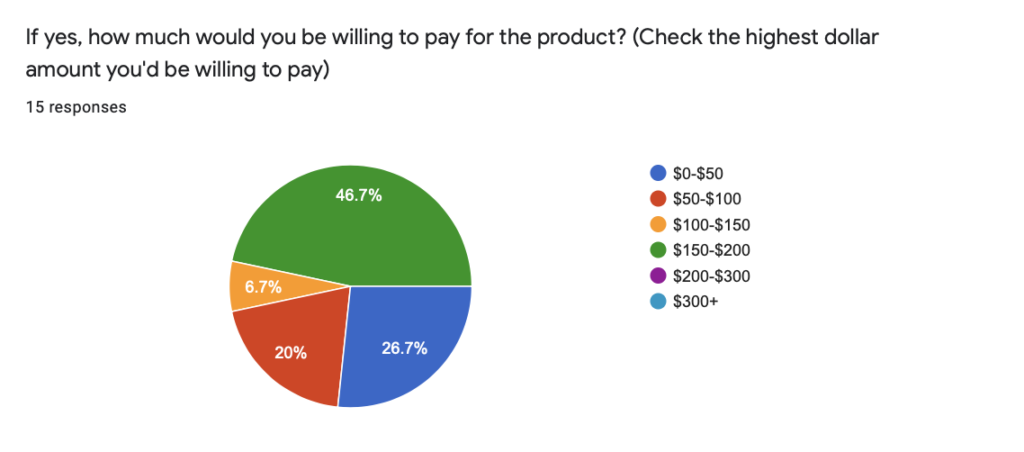There are three things most humans can likely agree they’re fond of: Money, parties, and food. Ways in which experiences can be designed and delivered around each are plentiful. But three companies in particular are making big moves that all have one thing in common: They’re attempting to reinvent common (and sometimes mundane) life experiences in a way that encourages people to weave them into the everyday fabric of their lives.
Here are the biggest business, brand and tech developments that occurred this past week and will most certainly impact how we design and deliver the customer experiences of tomorrow.
New Customer Experience Involves Free Money
A new FinTech startup called Millions – whose business model and services haven’t been fully unveiled yet but relate to reinventing the credit card – is giving investor money (read: millions of dollars) away via Twitter and their app. The concept is said to tease a new business model that will allow brands to be more involved with customer and fan giveaways.
How does it work? Well, it’s actually pretty straightforward. Money seekers follow Millions on Twitter (since starting the account in July 2020, they’ve gained 22.2k followers) and just keep an eye out for opportunities. Millions regularly rewards small dollar amounts – usually $100 – to people who are tagged in comments or retweet a post, but now they’re upping the ante. This month, they’re hosting weekly drawings and giving $1 million to users who win number-guessing games. All people have to do to be eligible is: One: Follow Millions on Twitter; Two: download and create an app account; and Three: Guess a sequence of six numbers. That’s it. Whoever’s numbers match the weekly draw, wins big. It’s basically a digital lotto.
The “anonymous founders” (who aren’t so anonymous – a few Google searches revealed Kieran & Rory O’Reilly, the founders of gifs.com, as the brains behind the new company) claim it’s a different approach to paying for customer acquisition. Instead of forking money over to Facebook, Instagram, Apple, or Google to find customers for them, they’re using that same budget to attract fans directly by, well, giving it all away. And they hope the initial fun, which one investor called an “unparalleled, engaging customer experience,” will result in a loyal customer base eager to support the company’s future launch.
While details are still underwraps, another investor, Allbirds co-founder and CEO Joey Zwillinger went on record explaining his monetary support for what Millions is building, and revealed some clues regarding what’s ahead. “This company is creating delight from what would otherwise be the mundane, everyday necessity of swiping a credit card,” he said. “We invested in Millions because they will spark joy in people’s lives, and think the traditional points model of accumulating hard-to-use airline and hotel points is tired, and ripe for reinvention.”
But is this customer acquisition ploy sustainable, and will it really create authentic brand affinity and customer engagement? Or will it just rack up the brand’s Twitter following and create synthetic app engagement with people who are just looking for some extra dough?
“The strategy is interesting,” says Tallwave’s Director of Performance Marketing Dallas McLaughlin. “But I think people are overthinking it by trying to understand the product, the game, the acquisition costs, etc. Let’s not outsmart ourselves here.”
The Millions "game” is just a facade that makes consumers feel comfortable entering a ”cash for data marketplace.”
As Dallas put it, Millions simply came up with a way to incentivize people to willfully hand over their demographic and mobile device data. That’s all it is.
“Each time someone follows them on Twitter they are going to receive their name, age, gender, income, interests, accounts they follow, etc. Millions then hands the follower cash for this information. Exchanging consumer data for Millions’ cash. Then, when they download their app – where the game actually takes place so it’s a requirement – the consumer is willfully accepting the terms of service which in all likelihood will include handing over the majority of the mobile device data which will include social logins, geolocation, app usage, apps installed (think banking, insurance, shopping) and more.”
Essentially, the Millions “game” is just a facade that makes consumers feel comfortable entering a ”cash for data marketplace.” Yes, that is a phrase that Dallas made up.
“Mobile device data is the new gold and the gold rush is on. Millions figured out that consumer privacy concerns go out the window as soon as something is in it for the consumer and they did it in a way that is fun for the consumer. It’s a win-win for all. Until the story breaks a month from now about how they are using the data.”
Also read: How Tallwave Optimized Paid Media Strategies For a 40,000% Increase in Leads
Well, that’s always the caveat with datat: Do consumers actually have privacy and can brands truly cultivate feelings of trust? Only time will tell for Millions.
Will You Be My… Pop-Up Drive-In Date?
Drive-in movies are getting a thematic makeover. FunFlicks announced a new initiative to provide pop-up drive-in events as alternative solutions for high school dances (think proms, formals, homecomings, etc.) and graduations. Calling it the “natural next step in helping the community move forward together and begin to heal,” the events offer safe ways for people to celebrate big moments and create memories together, in a time when we can’t physically be too close together.
It’s a shining example of how a company – perhaps less relevant in our regular lives than say, 70 years ago – can employ creativity and empathy to launch a marketing strategy that does more than build awareness and rely on advertising dollars. Instead, FunFlicks’s new offering finds a modern and unique way to once again become a fabric of old and new customer’s lives.
“For years we have provided pop-up drive-in movie theatre rentals for all kinds of events and had great success,” share a company spokesperson for FunFlicks. “In the beginning of COVID-19, we began a robust campaign to give back and help support the community by providing free downloadable movies to cope with lockdown, as well as donating important relief supplies… I strongly believe that it is time for us to begin using drive-in movie theaters in a way that can return positivity and some type of normalcy to the community.”
Also read: Why Customer Experience Can’t Be All Data Driven
While we can’t see this being a permanent thing – it’s safe to assume that most people would prefer in-person dances and graduation ceremonies bounce back in a post-pandemic world – it may create long-lasting customer appreciation and support amongst FanFlicks fans who are provided with a safe space to relax and connect during a most difficult year. Even more, it may change consumer perspective and attitude towards drive-in movie nights, for good.
In the Future, People Will Decorate Their Porches With Mini-Fridges
Walmart announced a new plan to pilot “smart boxes” this spring. Essentially front porch mini-fridges with compartments for various items depending on their temperature needs, the smart boxes are controlled via a phone app and aim to “ease the pitfalls” of grocery deliveries.

The smart box manufacturer, HomeValet, says it will allow shoppers to continue conveniently grocery shopping online but won’t require they be at home for the delivery – the food will stay fresh and smart box owners will have full control over when the box is locked (or unlocked) while on the go.
And while Jack Simms, the co-founder and COO of HomeValet, says the smart boxes can hold up to seven or eight bags of groceries, he foresees consumers using them in a more agile, as-needed way.
“We think there will be a big market for auto-replenishing perishables”, he told MediaPost. “How nice would it be to have milk and eggs delivered without even having to order them? And instead of buying a week’s worth of meat at once, having it take up space in the fridge and worrying about cooking it by the sell-by date, people can get it delivered more often, maybe daily. So, that will improve the quality and freshness of food.”
The pilot program is in partnership with Walmart, but HomeValet has consumers at its core.
“This will be consumer-owned and brand-agnostic, Simms explained. “People won’t want it if it’s connected to just one store. It works for deliveries from grocery stores, the butcher, wine deliveries. Even if the vendor doesn’t have the technology, customers can leave the box open and lock it via the app once the delivery has been made.”
Also read: How to Brainstorm For Innovation

While this new technology certainly does improve convenience of home grocery delivery, the Tallwave team wasn’t sold on its necessity, with 70.8% of those surveyed saying they wouldn’t buy the product.

“Most of the existing food distributors use dry ice to keep content at the appropriate temperatures. Fridges cost extra electricity and most likely space. It could be helpful for people that are not working from home, but it’s hard for me to relate to the use case. I think its an interesting product concept for the problem, but the fridge is not the solution in my opinion,” said one Tallwaver who took the survey.
“Sounds awesome and highly convenient if the price is right and it’s not an eyesore for my porch,” said another Tallwaver. “The HOA may nix it.”
Meanwhile, a potential problem was also brought to light.
“I say ‘Yes!’, but my front door area does not actually have space for this type of unit to be placed, so the practicality of it is limited. What about people who live in apartments or smaller houses? The convenience aspect of this is nice, but not necessarily a game-changer, in my opinion. I like the idea of eliminating waste from grocery deliveries in lieu of having a place to put it in front of my home, but there’s still the question of resource use, and the impact production of these units will have on the environment, as opposed to paper bags. I would love for retailers to find more innovative ways of continuing the home delivery services while also looking for ways to mitigate the waste associated with them.”
Price was also a contentious issue. Nearly 50% of responders said they’d be willing to pay between $150-$200 for the product, The other surveyed ranged between $0-$150. Zero responders said they’d be willing to pay over $200. The price of the smart box units is currently unknown.

While we didn’t get an overly enthusiastic reaction to the new smart box technology from our Tallwave Team, people originally thought the Edison light bulb and telephone wouldn’t catch on, either. And look at where they are now.
Either way, we hope HomeValet and Walmart use the pilot program to dig into consumer concerns, sentiment, and core needs and address concerns or experience gaps before pushing the product to market.


